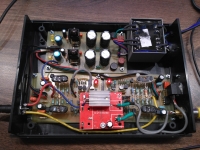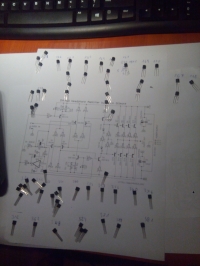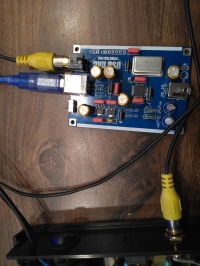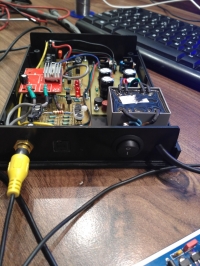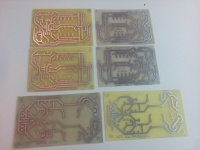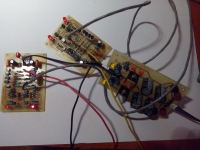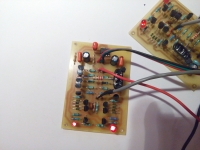pikarel wrote: @OTLamp - stay in your views, but let them have others.
Technical disciplines to which electronics belong are not based on views, only on facts. The fact that the amplifier discussed here works in Class A has been demonstrated above (160 mW at load 32 & # 937 ;, and at higher resistance loads, respectively higher). I can not help it, that you can not understand the principle of the counter-current amplifier in class A. Fortunately, there are some who understand. Stay in mindless reading labels and pictures, but do not fool those on the technical forum, because you just lower the level.
pikarel wrote:
Terminology and terminology have been used for several decades in electronics not for the sake of reality, but for the easy determination of things, phenomena, devices, elements and thousands of others, for uniqueness in this terminology.
And that's why you first learn to use them properly, and then teach others. First and foremost, I recommend mastering the basic issues of working classes with particular emphasis on the analysis of the work on the characteristics of the output transistors.
Added after 25 [minutes]: Pokrentz wrote:
The "single-ended" amplifier in class B is used, but as a power supply.
It has been used even for acoustic frequencies - in applications where non-linear distortions are of little importance, e.g. in alarm sirens. In addition, they are quite common in radio technology, they work as resonant amplifiers in class A, AB, B and C.
Added after 8 [minutes]: R-MIK wrote: OTLamp wrote: I doubt anyone will stand up to 160 mW with headphones on.
Here I would argue.
Here you are. The sensitivity of modern headphones is about 120 dB / mW. Can you calculate the sound intensity for 160 mW?
